Optimal Seasons for Outdoor Excavation
Outdoor excavations are essential for various construction, landscaping, and infrastructure projects. Timing plays a crucial role in ensuring the success and efficiency of excavation work. Factors such as weather conditions, soil moisture levels, and seasonal temperatures influence the optimal periods for excavation activities.
Spring offers moderate temperatures and manageable soil moisture, making it ideal for outdoor excavations before the summer heat sets in.
Summer can present challenges such as high temperatures and dry soil, which may increase the risk of soil instability and require additional planning.
Fall provides cooler weather and often wetter soil conditions, suitable for certain types of excavation work, especially before winter.
Winter is generally less suitable due to frozen ground, snow, and cold temperatures that hinder excavation activities and can cause delays.
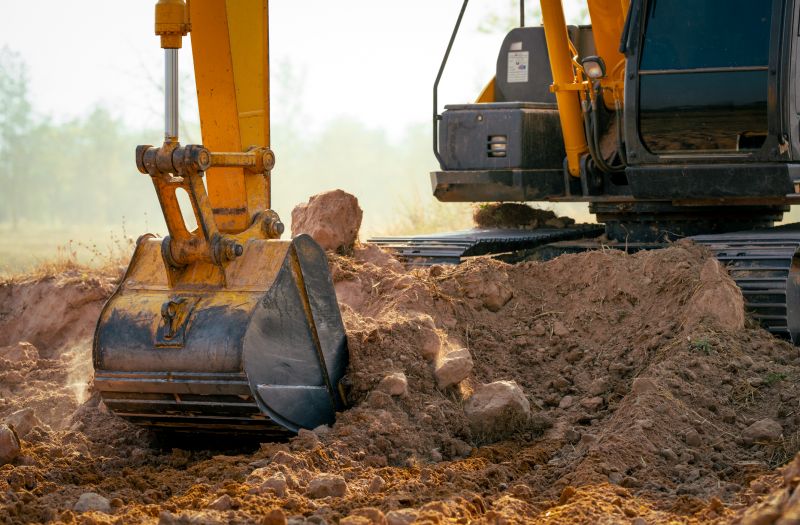
Heavy machinery working on a construction site.
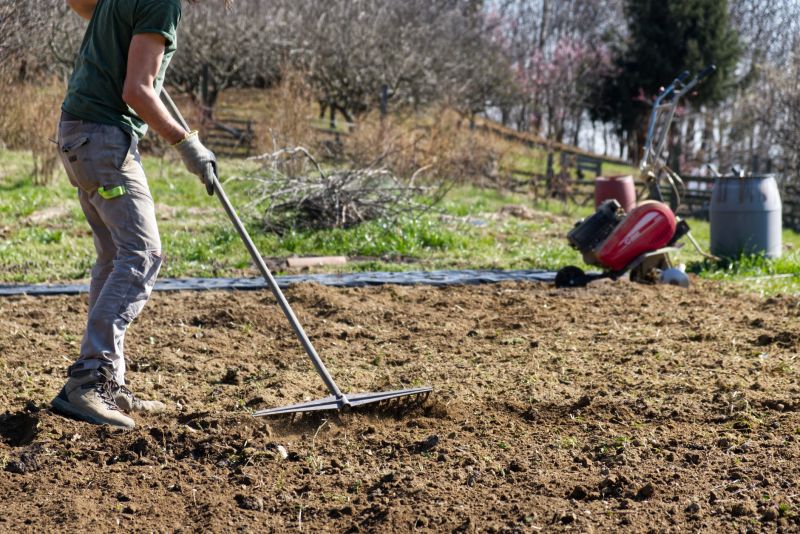
Workers preparing soil for excavation during optimal weather conditions.
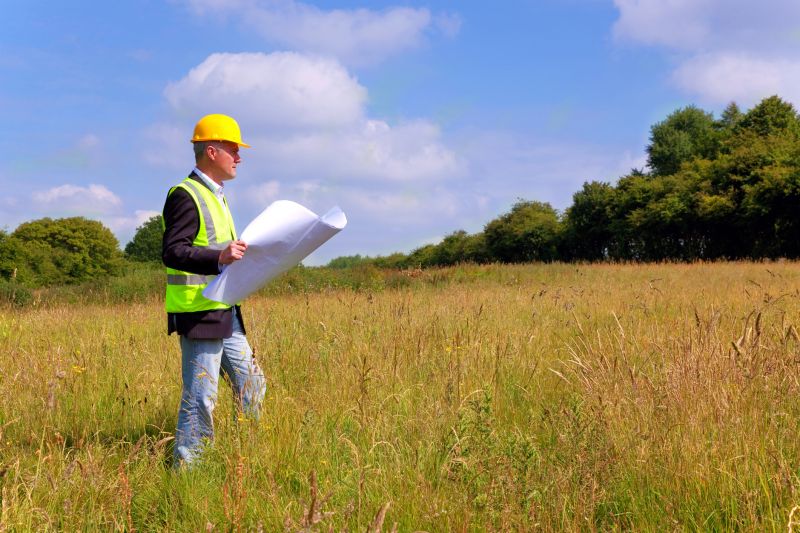
Surveyors evaluating the land before beginning excavation work.

Ways to make Outdoor Excavations work in tight or awkward layouts.
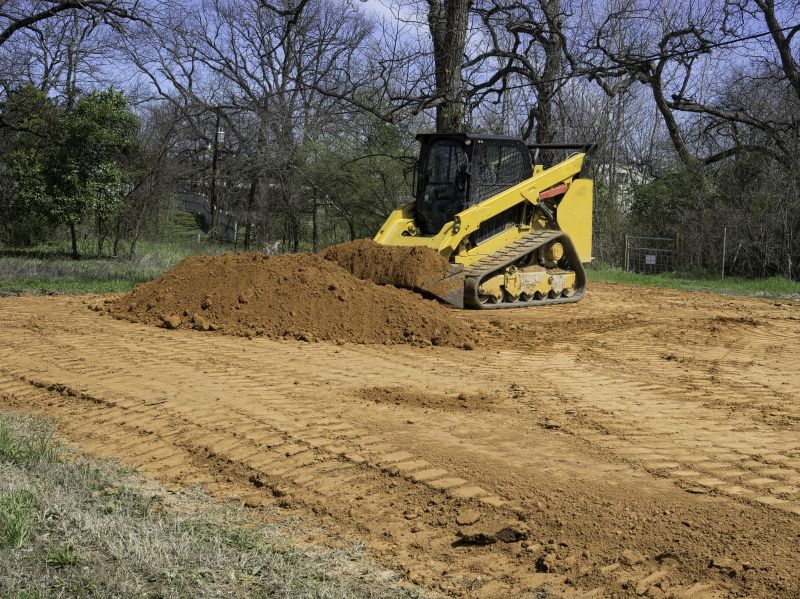
Popular materials for Outdoor Excavations and why they hold up over time.
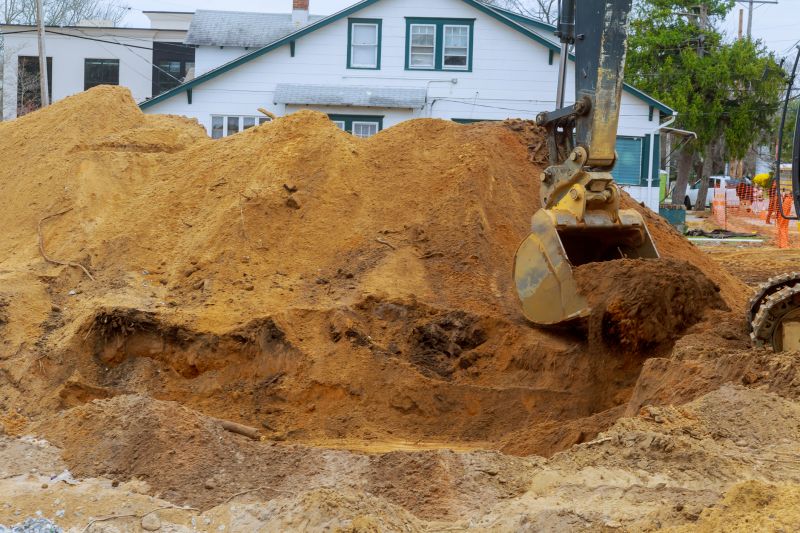
Simple add-ons that improve Outdoor Excavations without blowing the budget.
Outdoor excavations involve the removal or relocation of earth materials to prepare sites for construction, landscaping, or infrastructure development. Proper timing ensures safety, reduces delays, and minimizes costs. Seasonal considerations are vital for achieving efficient progress and maintaining soil stability throughout the project lifecycle.
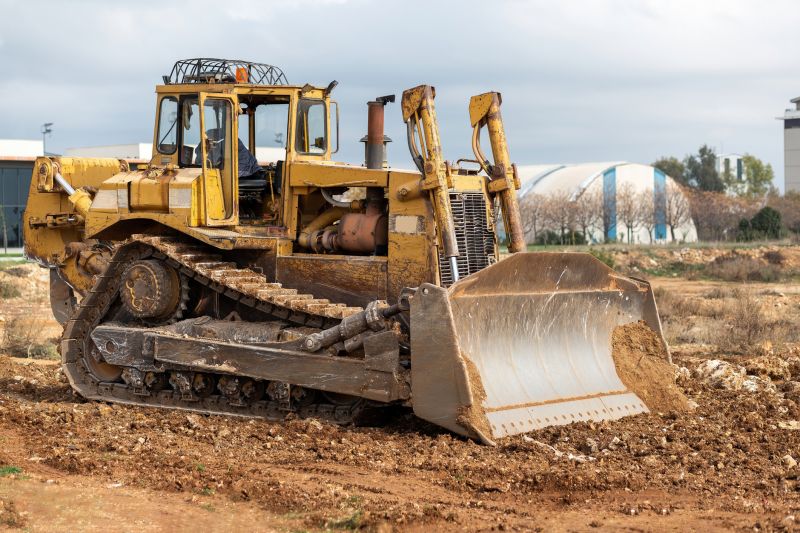
Bulldozers and excavators operating on a construction site.

Workers and machinery moving earth during optimal weather conditions.
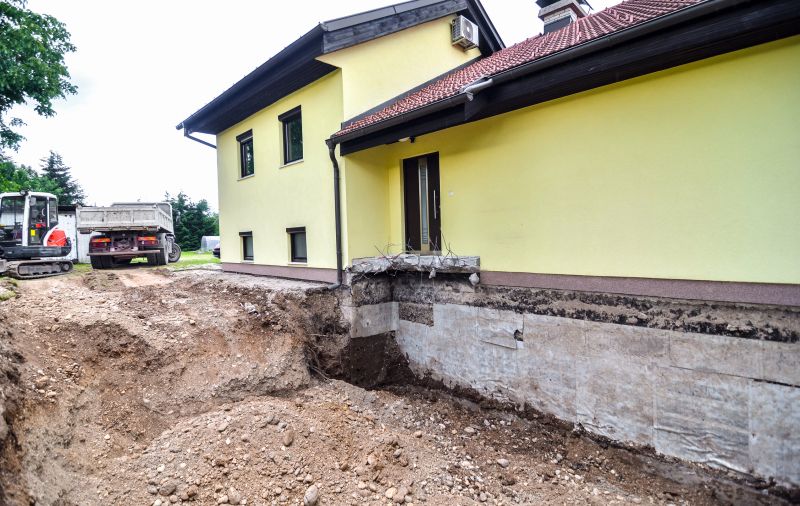
Land being prepared for foundation work.
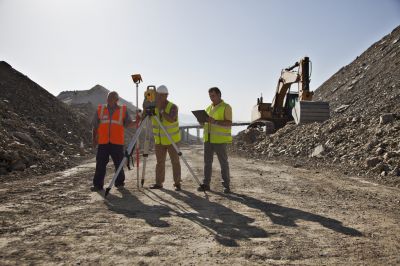
Surveyors checking excavation progress.
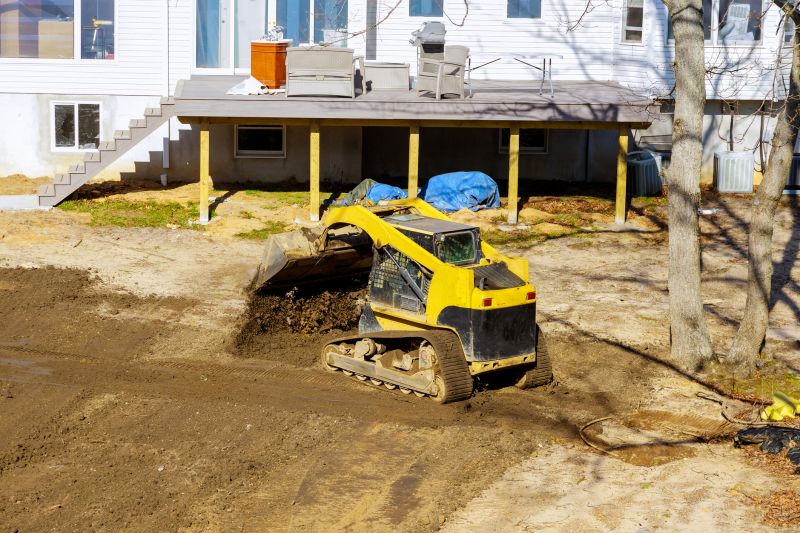
High-end options that actually feel worth it for Outdoor Excavations.

Finishes and colors that play nicely with Outdoor Excavations.
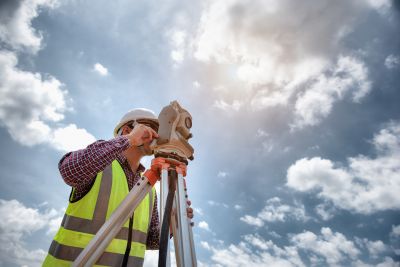
Little measurements that prevent headaches on Outdoor Excavations day.
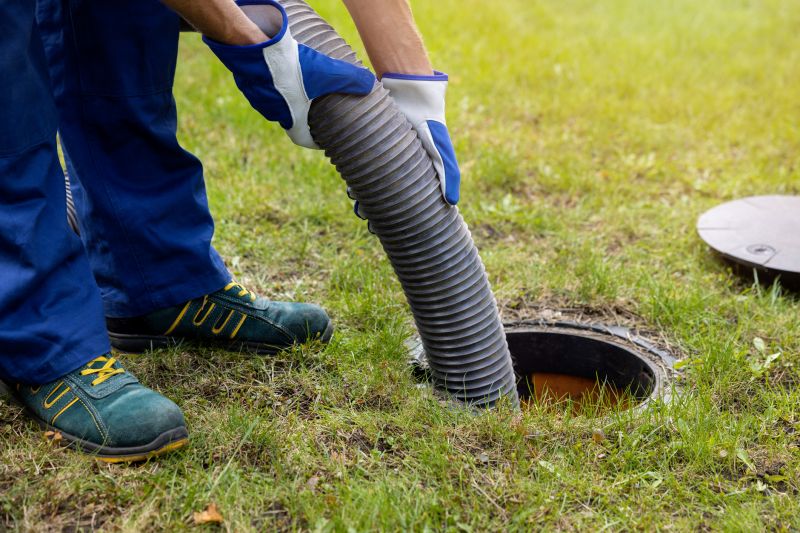
A 60-second routine that keeps Outdoor Excavations looking new.
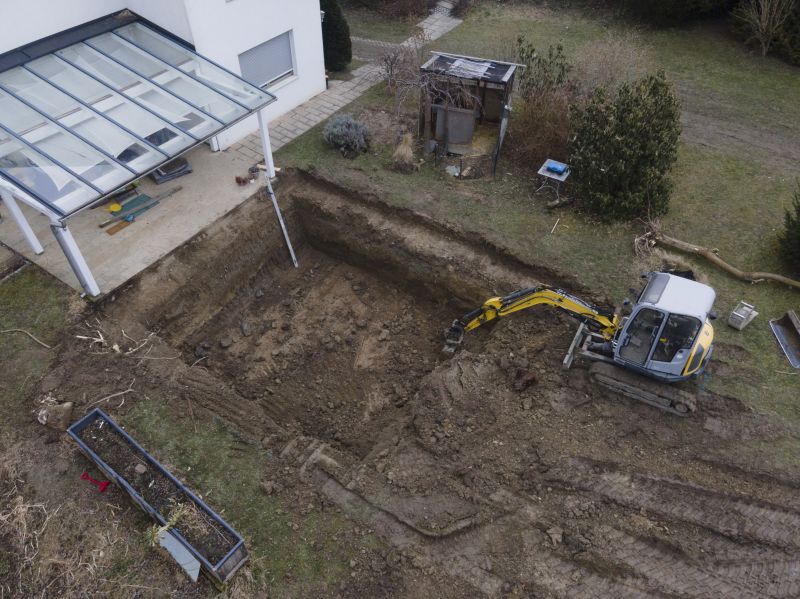
A frequent mistake in Outdoor Excavations and how to dodge it.
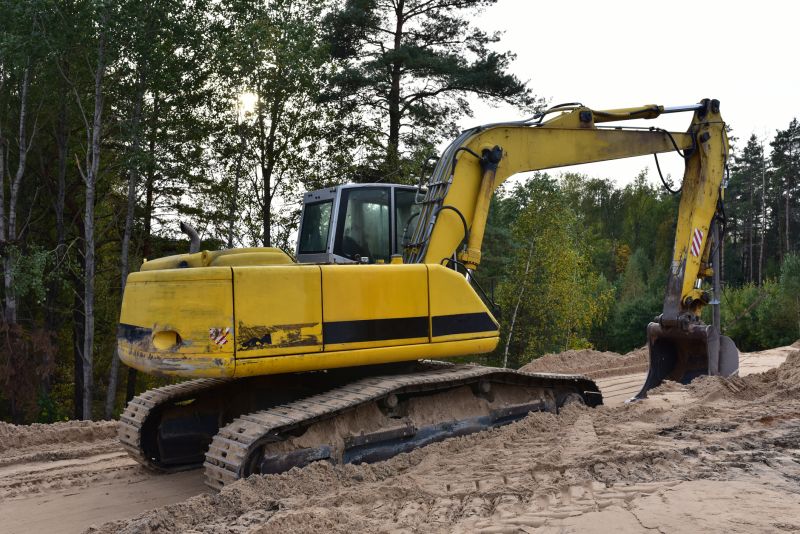
Small tweaks to make Outdoor Excavations safer and easier to use.

Lower-waste or water-saving choices for Outdoor Excavations.
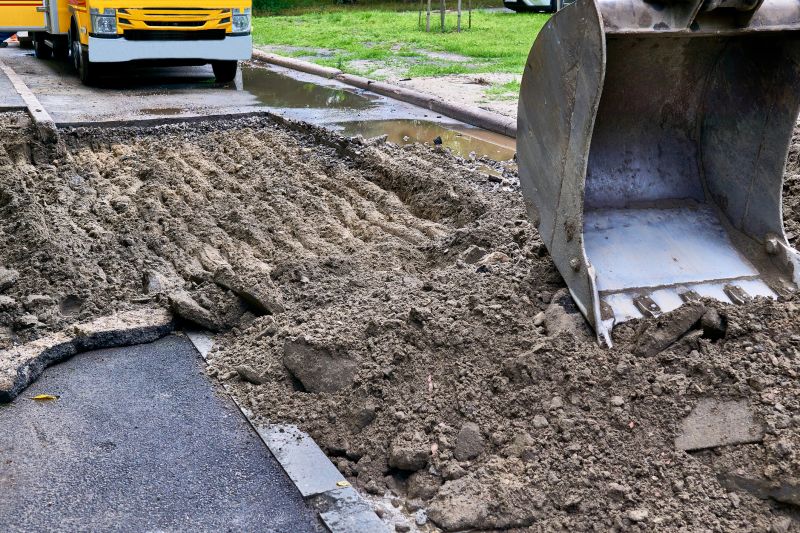
The short, realistic tool list for quality Outdoor Excavations.
| Season | Optimal Conditions |
|---|---|
| Spring | Moderate temperatures, manageable soil moisture, less rainfall |
| Summer | Higher temperatures, dry soil, increased risk of instability |
| Fall | Cooler weather, wetter soil, suitable for certain projects |
| Winter | Frozen ground, snow, and cold temperatures limit activity |
| Late Spring/Early Fall | Ideal for most excavation projects due to balanced conditions |
Choosing the right time for outdoor excavations can significantly impact project outcomes. Monitoring weather forecasts and soil conditions helps determine the most suitable periods for excavation activities. Proper planning ensures safety, efficiency, and cost-effectiveness throughout the project duration.
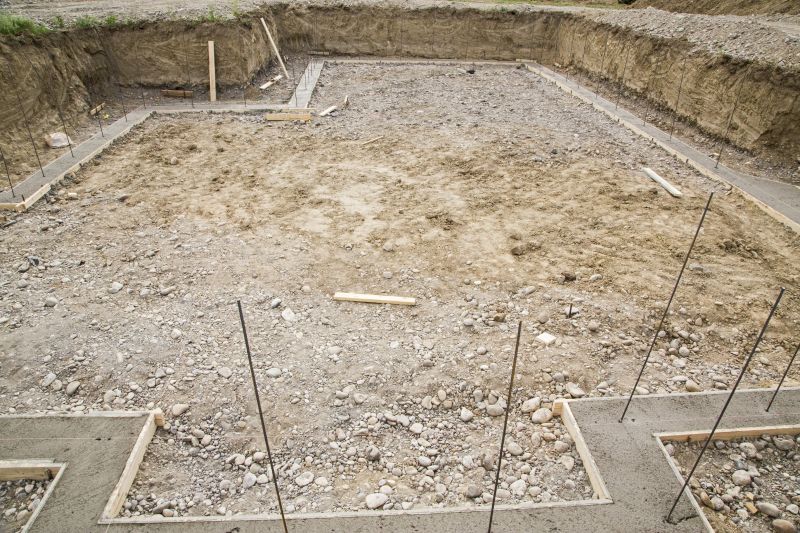
Site prepared for excavation during spring conditions.
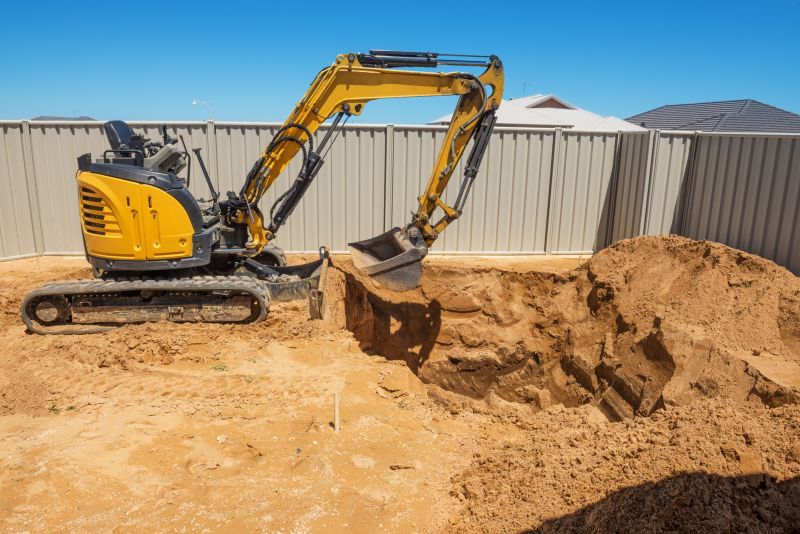
Active excavation under warm weather.

Land being readied for excavation before winter.
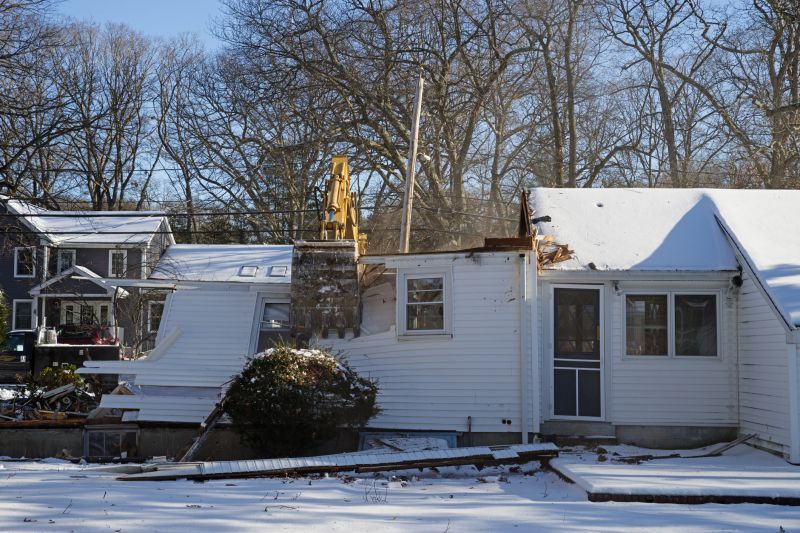
Frozen ground and snow at a construction site.
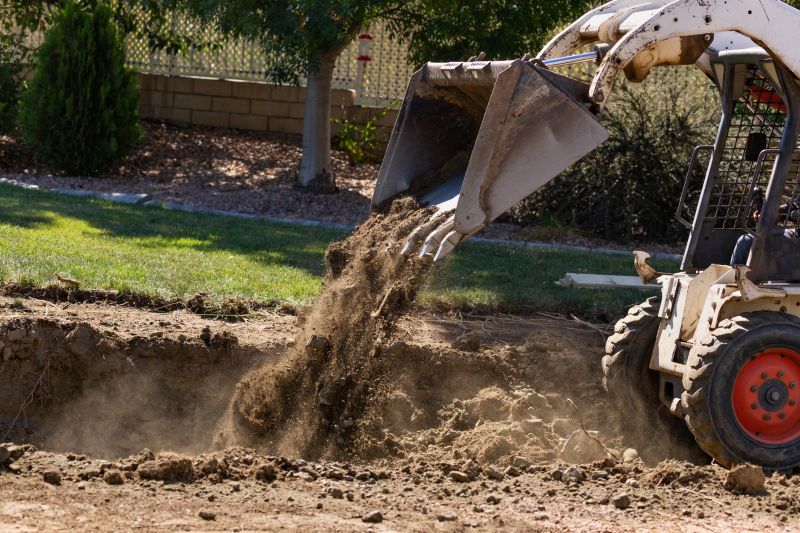
Rough timing from prep to clean-up for Outdoor Excavations.
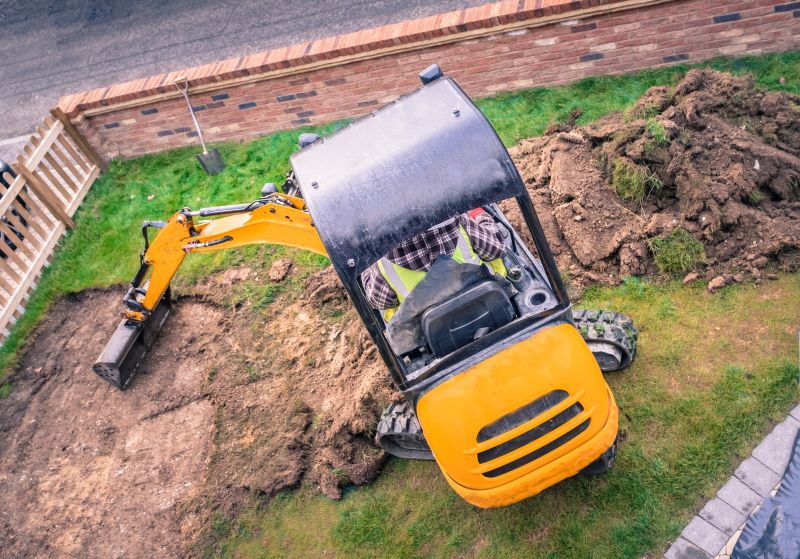
Quick checks and paperwork to keep after Outdoor Excavations.
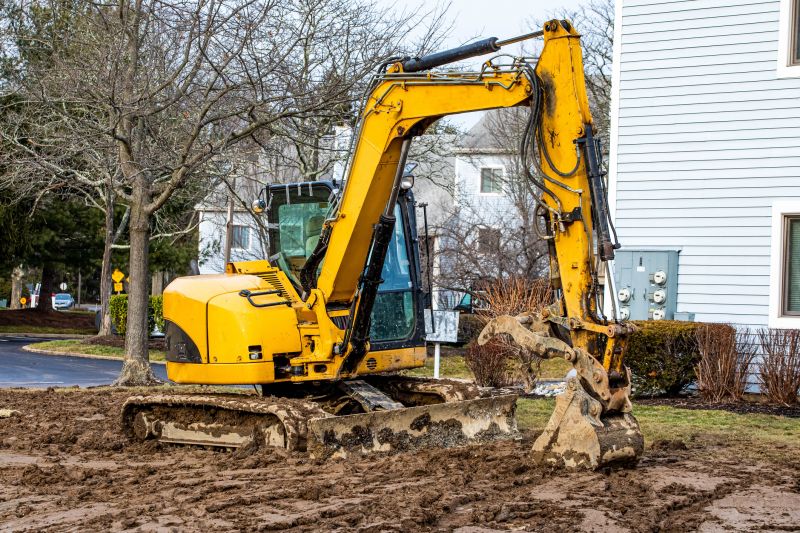
Examples that show the impact a good Outdoor Excavations can make.
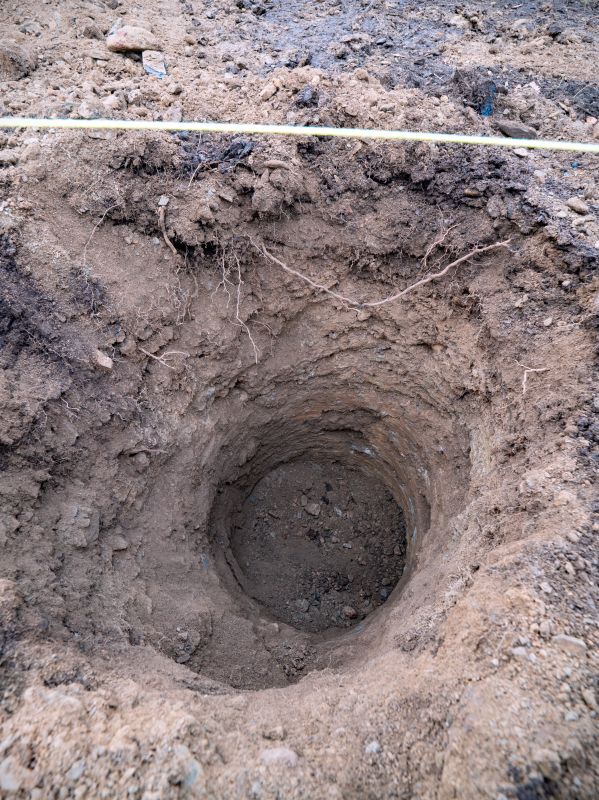
Ways to make Outdoor Excavations work in tight or awkward layouts.
Interested parties are encouraged to contact for further information on scheduling outdoor excavations. Proper timing ensures project success and minimizes potential delays caused by weather or soil conditions.
